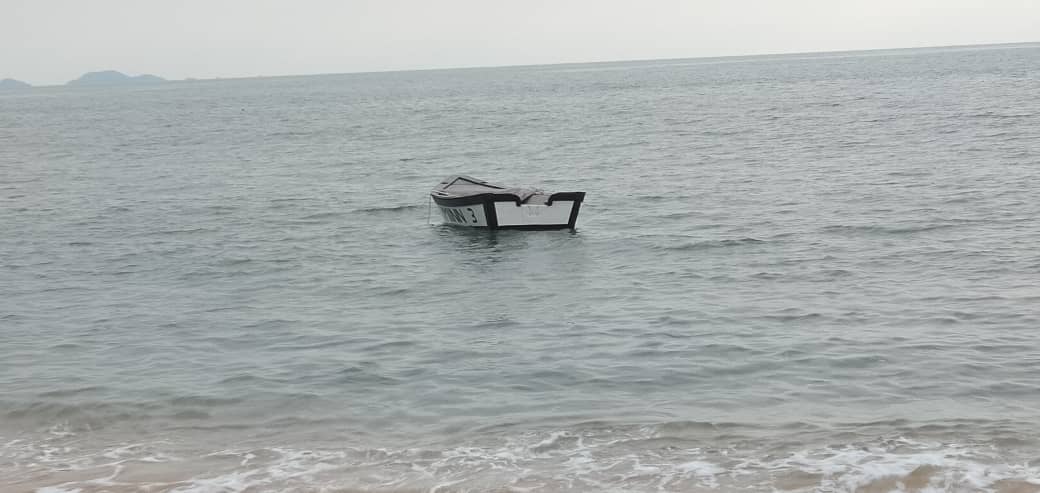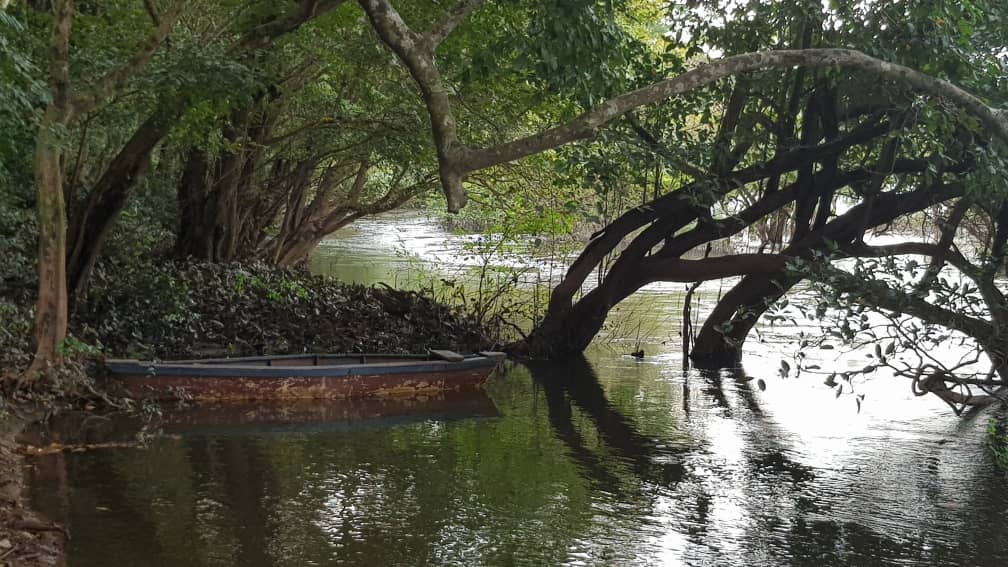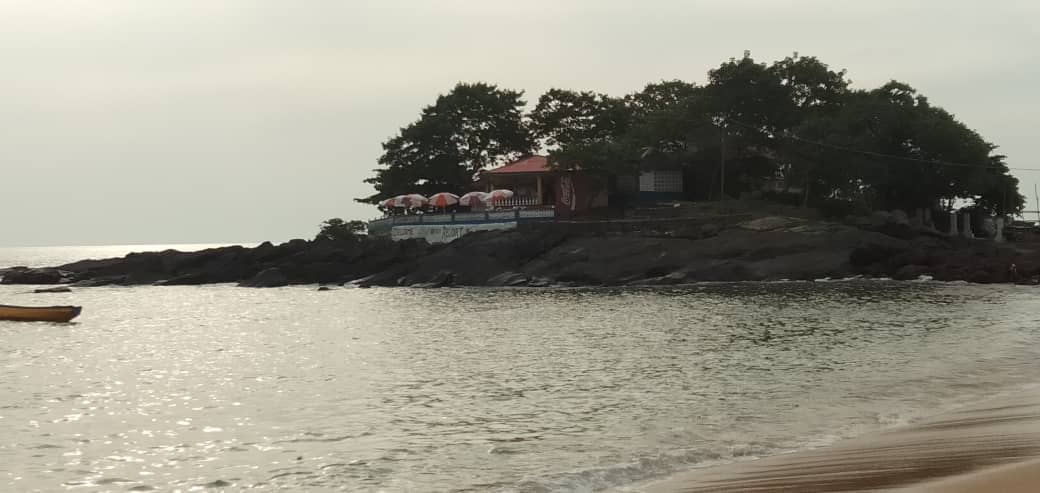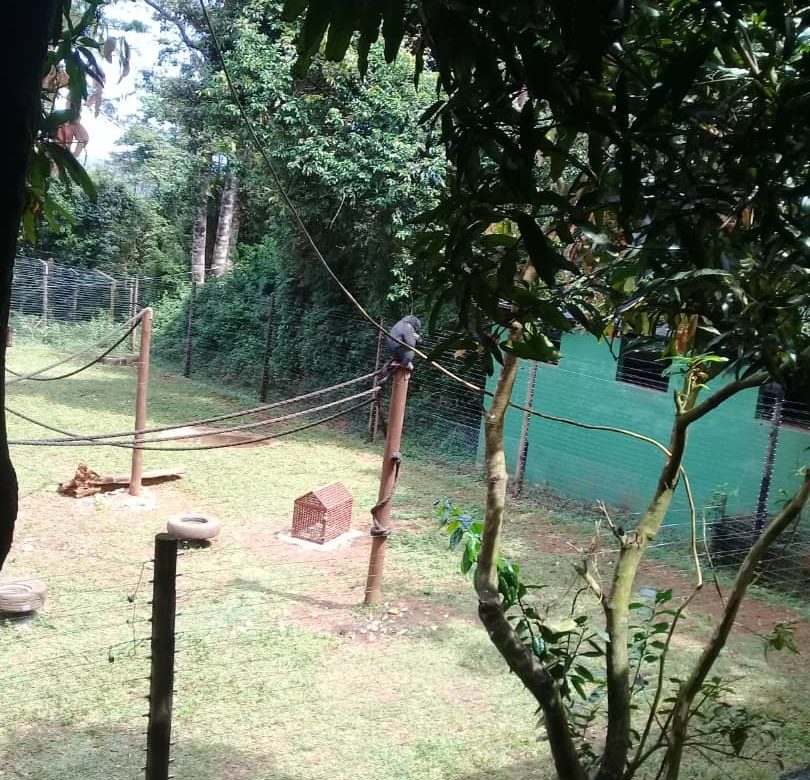Sierra Leone’s Ministry of Tourism and Cultural Affairs has embarked on a nationwide assessment of natural, historic and cultural sites.
The process which started on Friday, November 16, 2019, saw five teams comprising officials of the Ministry of Tourism and Cultural Affairs, the National Tourist Board, Monuments and Relics Commission and other stakeholders visiting various sites in the country.

Funded by the United Nations Development Programme (UNDP) the exercise was done to assess the existing status of touristic and potential touristic sites principally natural and heritage assets.
A good number of natural and heritage sites in Sierra Leone present a barrage of conservation challenges that must be arrested to save them from further deterioration and degradation.
Some of the sites visited include the slave castle, Bunce Island, Tasso, and Banana Island, River No 2 and Lakka beaches, Tacugama Chimpanzee Sanctuary, Tiwai Island, Outamba Kilimi National Park, Old Fourah Bay College and others.
According to the Director of Tourism who doubles as the Head of this activity, Mohamed Jalloh, the exercise would aid the Ministry and her development partners take the necessary action to safeguard them from the effects of climate change, erosion, environmental impact and other conditions that were inimical to their continued existence.
Through this assessment, the Ministry would tackle management challenges while equally taking action to do a proper restoration.

Sierra Leone’s cultural and natural assets have suffered long years of neglect arising in part from the non-prioritization of the tourism industry by previous administrations.
Minister of Tourism and Cultural Affairs, Memunatu Pratt says they were doing everything humanly possible to transform the economic status of Sierra Leone through tourism.
President Julius Maada Bio also promised to diversify the country’s economy through tourism.
One way of promoting tourism, not least heritage, and cultural tourism is to assess the status of the sites and restore or conserve where necessary.

The exercise which lasted for three or four days produced a compelling outcome which if implemented, would bolster local tourism while still promoting inbound tourism.
This national exercise was coordinated by the Director of Tourism.


